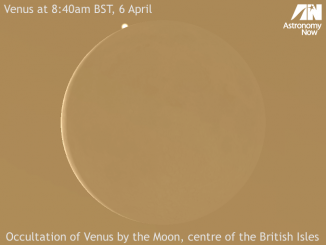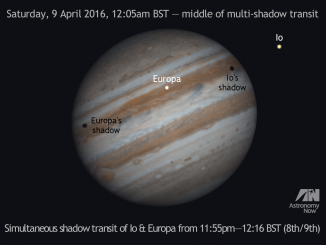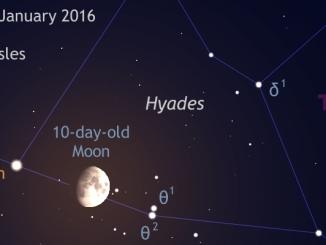
See the Moon hide Aldebaran in Taurus on 12-13 December
On the night of 12-13 December, the waxing gibbous Moon glides in front of the loose open star cluster known as the Hyades in the constellation of Taurus, culminating in the occultation of bright star Aldebaran around 5:24am GMT for observers in the British Isles. In North America, the event occurs at a more sociable hour late into the evening of 12 December.









